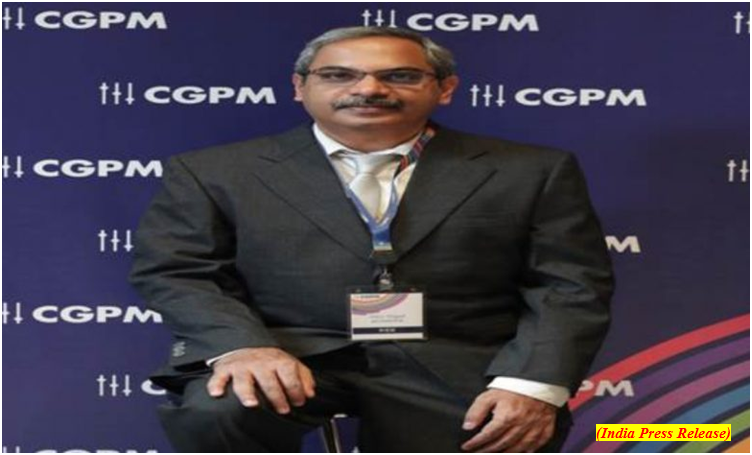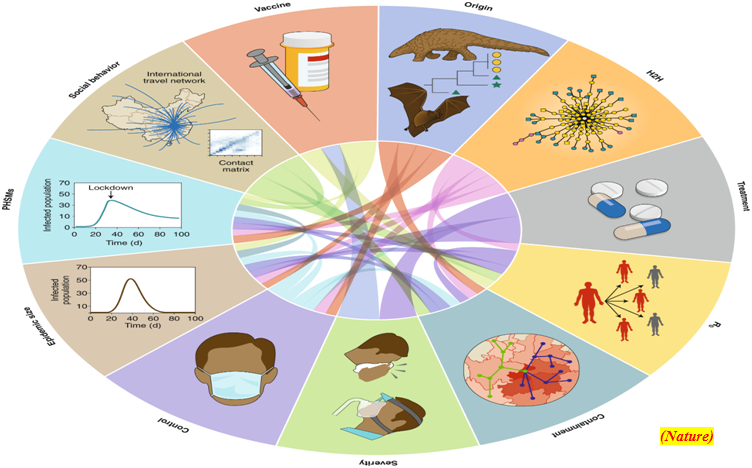Indian elected as a Member of International Committee for Weight and Measures (CIPM) (GS Paper 2, International Organisation)

Why in news?
- Recently, Prof. Venu Gopal Achanta, Director, CSIR-National Physical Laboratory (CSIR-NPL), New Delhi, has been elected as a member of the International Committee for Weights and Measures (CIPM).
Details:
- He was declared an elected Member of CIPM in the recently held 27th General Conference on Weights and Measures (CGPM) meeting at Paris, France.
- He is among 18 elected members from different countries and 7th personality in Indian history elected to CIPM after a few decades.
About Committee for Weights and Measures (CIPM):
- The CIPM is a supreme international committee which functions under the authority of General Conference on Weights and Measures (CGPM), a highest intergovernmental international organisation created as diplomatic treaty called Meter Convention signed on 20th May 1875 in Paris.
- It is responsible for development and implementation of International Systems of Units, universally abbreviated as SI, its wide dissemination; make necessary modifications time to time for the advancement of science and technology.
- At present, CGPM is represented by 64 member countries and meets every 4th year at International Bureau of Weight and Measure (BIPM), France.
- The CIPM advises and recommends the amendments, changes, alterations to the SI to the CGPM for formal adoption. It can also pass resolutions and recommendations about the basic units of measurements, if needed, at its own authority.
About CSIR-NPL:
- The CSIR-NPL, the National Metrology Institute (NMI) of India was established by Council of Scientific and Industrial Research (CSIR), New Delhi on January 4, 1947.
- The Government of India enacted the “Standards of Weights and Measures Act” for the first time in 1956 to ensure that every citizen has access to uniform standards of weights and measures those are traceable to the SI units.
- During the year 1957, India became member of the CGPM.
Resolution of CGPM for 2022:
- This year CGPM has adopted 7 important resolutions including new SI prefixes ronna (10²⁷), quetta (10³⁰), ronto (10-²⁷) and quecto (10-³⁰).
- With this nomenclature, mass of the electron (1 quectogram) and weight of earth (1 ronnagram) can be expressed easily in SI units.
- The CGPM also plans to resolve the issue of leap second.
https://pib.gov.in/PressReleasePage.aspx?PRID=1877736
WHO identifies potential pandemic-producing pathogens
(GS Paper 2, Health)
Why in news?
- Recently, the World Health Organization said that it was thrashing out a new list of priority pathogens that risk sparking pandemics or outbreaks and need to be kept under close observation.

Aim:
- The aim was to update a list used to guide global research and development (R&D) and investment, especially in vaccines, tests and treatments.
Key Highlights:
- The WHO is convening over 300 scientists to consider evidence on more than 25 virus families and bacteria. They will also consider the so-called “Disease X” , an unknown pathogen that could cause a serious international epidemic.
- Targeting priority pathogens and virus families for research and development of countermeasures is essential for a fast and effective epidemic and pandemic response.
- Without significant R&D investments prior to the Covid-19 pandemic, it would not have been possible to have safe and effective vaccines developed in record time.
Background:
- The list was first published in 2017. It currently includes Covid-19, Ebola virus disease and Marburg virus disease, Lassa fever, Middle East respiratory syndrome (MERS) and severe acute respiratory syndrome (SARS), Nipah, Zika and Disease X.
What’s next?
- For each pathogen identified as a priority, experts will pinpoint knowledge gaps and research priorities. Desired specifications for vaccines, treatments and diagnostic tests can then be drawn up.
- Efforts are also made to facilitate clinical trials to develop such tools, while efforts to strengthen regulatory and ethics oversight are also considered.
Union Health Ministry rolls out Indias first suicide prevention policy
(GS Paper 2, Governance)
Why in news?
- Recently, the Ministry of Health and Family Welfare announced a National Suicide Prevention Strategy, the first of its kind in the country, with time-bound action plans and multi-sectoral collaborations to achieve reduction in suicide mortality by 10% by 2030.

Details:
- It envisages developing guidelines for responsible media reporting of suicides, and restricting access to means of suicide.
- The stress is on developing community resilience and societal support for suicide prevention.
- While the strategy is in line with the WHO’s South East-Asia Region Strategy for suicide prevention, it says it will remain true to India’s cultural and social milieu.
Strategy:
- The strategy broadly seeks to
- establish effective surveillance mechanisms for suicide within the next three years,
- establish psychiatric outpatient departments that will provide suicide prevention services through the District Mental Health Programme in all districts within the next five years, and
- integrate a mental well-being curriculum in all educational institutions within the next eight years.
Burden of suicide in India:
- In India, more than one lakh lives are lost every year to suicide, and it is the top killer in the 15-29 years category.
- In the past three years, the suicide rate has increased from 10.2 to 11.3 per 1,00,000 population, the document records.
- The most common reasons for suicide include family problems and illnesses, which account for 34% and 18% of all suicide-related deaths.
Way Forward:
- The strategy should now be passed on to the States for them to develop locally relevant action plans; and then cascade to the district, primary health and community levels.




